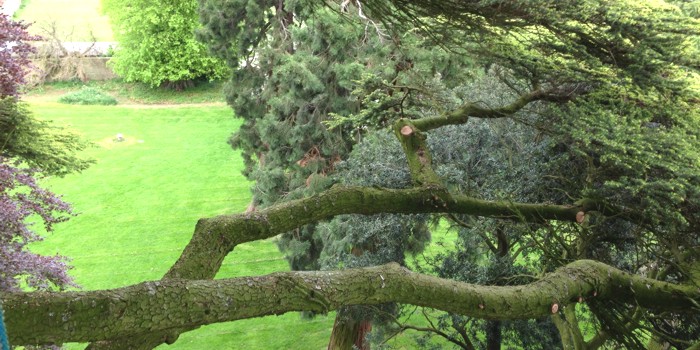Maintenance
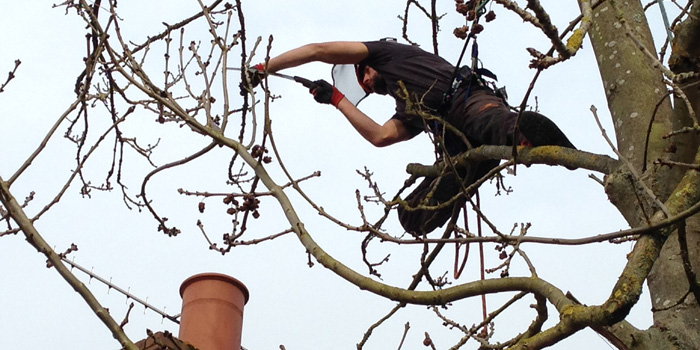
Crown Thinning & Reduction
Crown thinning is the sensitive removal of a selected proportion of the trees crown. This does not affect the overall size of the crown but allows more air and light into the canopy, reduces the weight on extended limbs and the impact of strong winds to the tree.
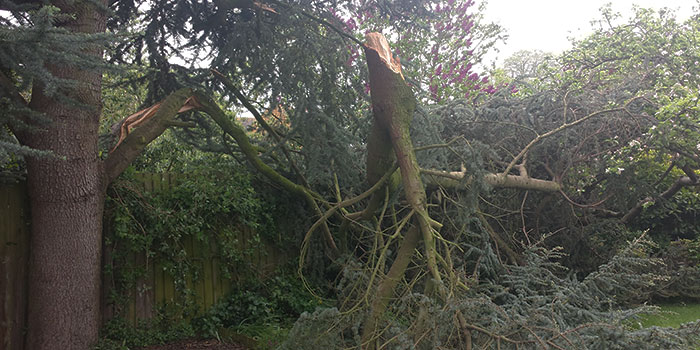
Storm Damage
Once a tree has suffered storm damage it may be necessary to remove particular sections in order to make it safe and aid its growth. This procedure generally involves removing as little as possible to ensure the health and stability of the tree.
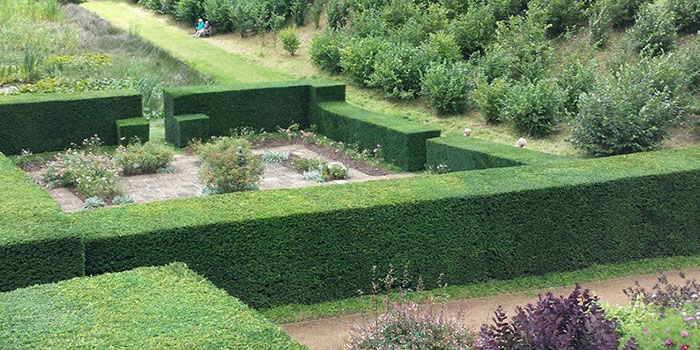
Hedging
Many gardens feature a hedge of some description that provide privacy, security and wildlife habitat. Trimming the hedge at regular intervals ensures the hedge remains neat, tidy and an attractive feature of your garden.
Leylandii hedges can grow to excessive heights and require regular attention to conform to the High Hedges Act.
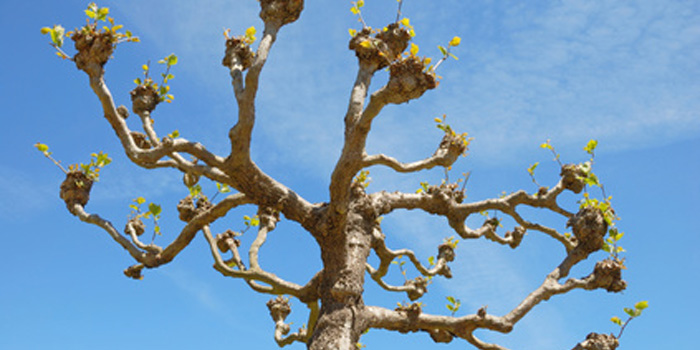
Pollarding
Pollarding techniques are used when the crown of a tree has grown too large for its location.
It may also be used in cases where severe defects or weaknesses are making the tree unstable. This technique can allow for quick re-growth of the tree.

Fruit Tree Pruning
To ensure that a fruit tree maintains a good yield of crop it is necessary to undertake annual pruning. This will encourage the fruit to grow on the stronger, healthier branches and keeps the tree down to a manageable size so that it can be harvested easily.
